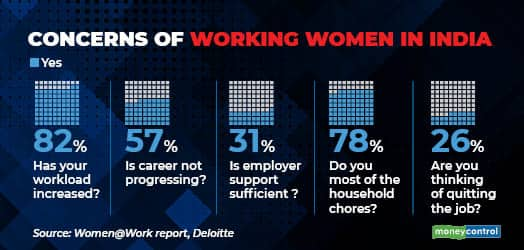A downward trajectory in gross fixed capital formation would indicate that the fixed capacities are not being ramped up.

Ather Energy, India’s first intelligent electric vehicle manufacturer, unveiled its all-new electric vehicle manufacturing plant at Hosur, Tamil Nadu, spreading across 1,23,000 square feet. The company began operations from its mega-factory in Hosur from January 2, 2021. (Image: Ather Energy)
Gross fixed capital formation (GFCF), which means net investment, was 33 percent of gross domestic product (GDP) in the October-December quarter of 2020-21 compared to 31.8 percent in July-September quarter of 2020-21, and 32.3 percent a year ago as per the data released by the National Statistical Office on February 26.
Gross fixed capital formation witnessed an expansion as the country’s economy rose by 0.4 percent.
For developing countries like India, it is crucial to invest heavily in fixed assets and thereby increase the overall demand.
GFCF is an indicator for gauging the fixed capital formation.
A downward trajectory in gross fixed capital formation would indicate that the fixed capacities are not being ramped up.
For the Indian economy to grow robustly, a tremendous amount of capital is required. Even more so, as the government aims to make India not only self-reliant but also a manufacturing hub.
Realising the drop in investment activity and projects announcements due to slowing economy since 2019 which was further exacerbated due the COVID-19 pandemic, Finance Minister Nirmala Sitharaman had given a major boost to the infrastructure sector in Budget 2021 by announcing a slew of measures aimed at long-term growth and job creation.
The government extended Rs 111 lakh crore National Infrastructure Pipeline to cover 7,400 projects by 2025.
The minister also announced that a sum of Rs 20,000 crore has been provisioned in the Budget to launch the National Asset Monetisation Pipeline, a Development Financial Institution (DFI) which will have a lending target of Rs. 5 lakh crore.
Besides, Sitharaman also announced that a national monetisation pipeline of potential brownfield infrastructure assets will be launched.
There was also a 34 percent increase in the capital expenditure Rs 5.54 lakh crore for 2021-22. It is 34.5 percent more than the budget estimate of 2020-21.

